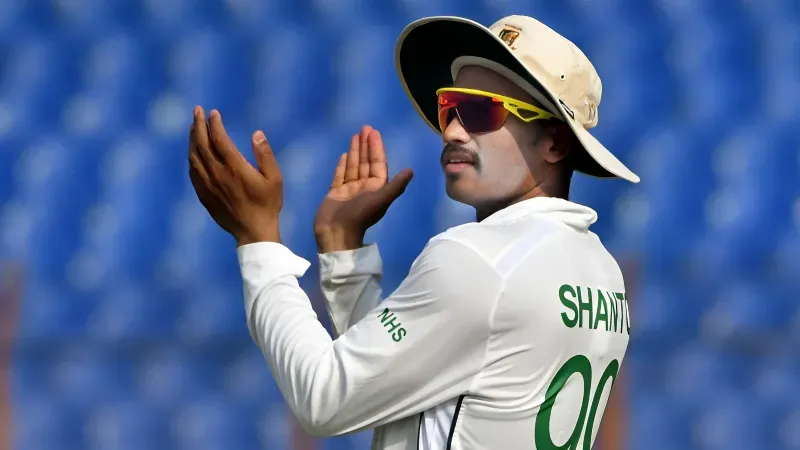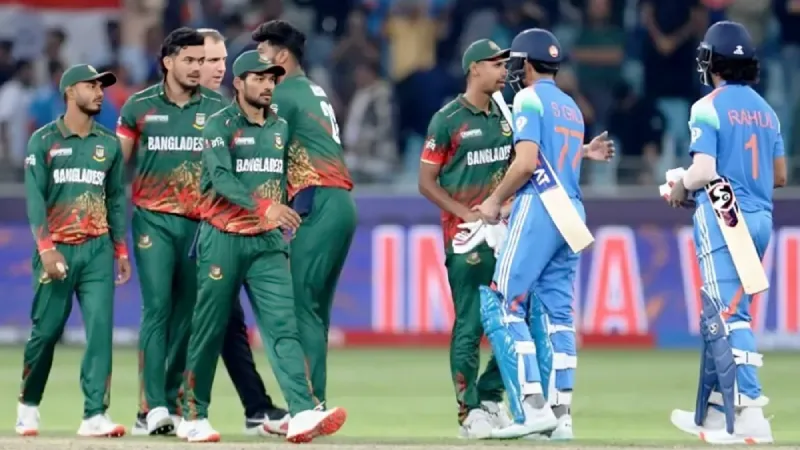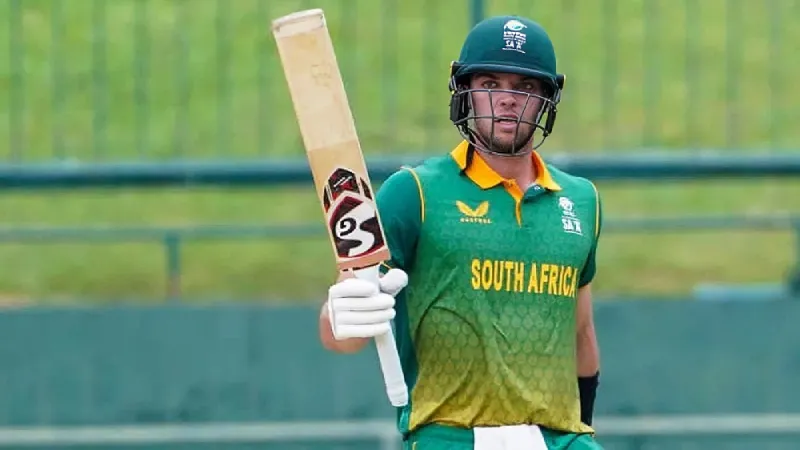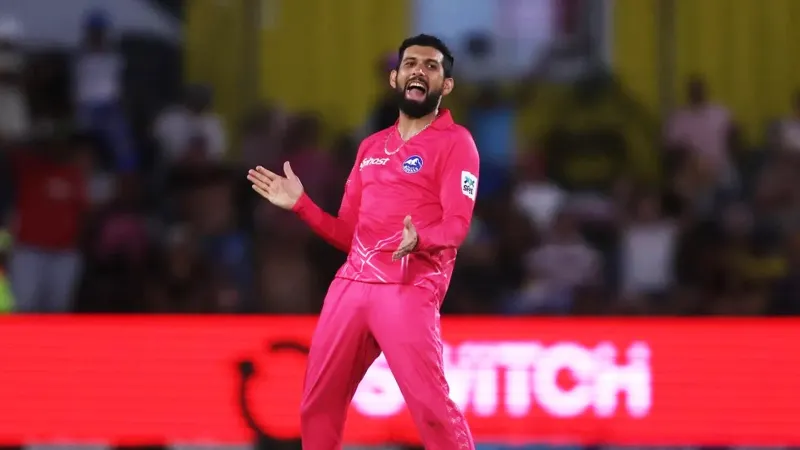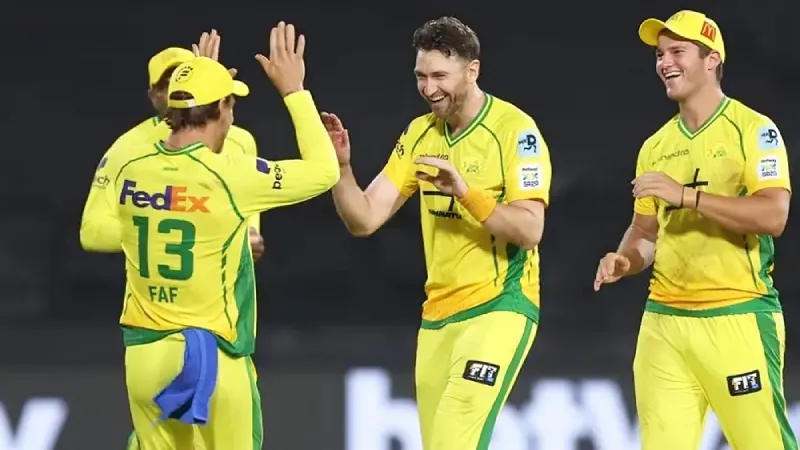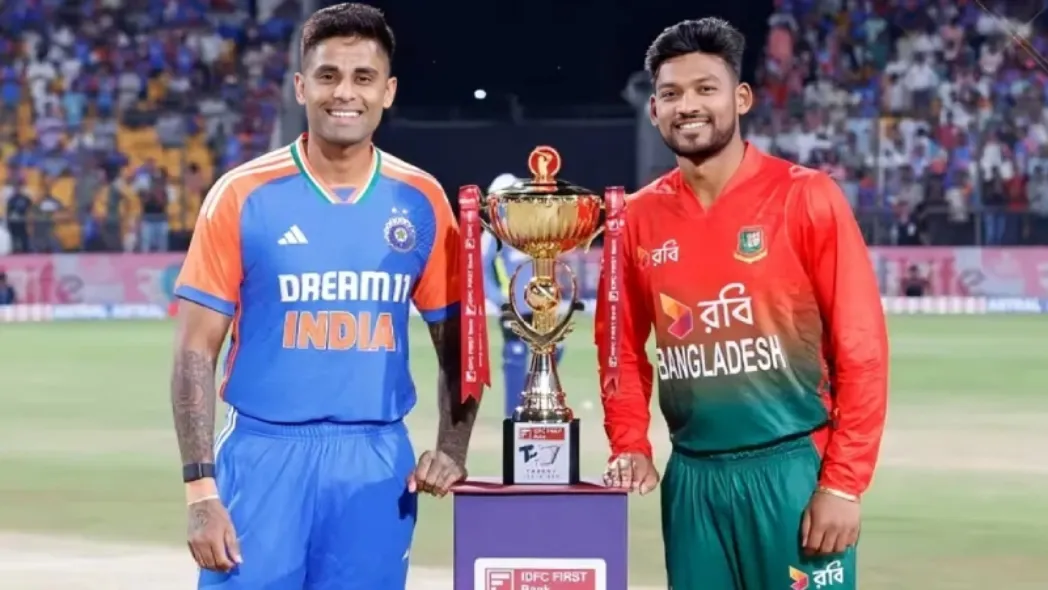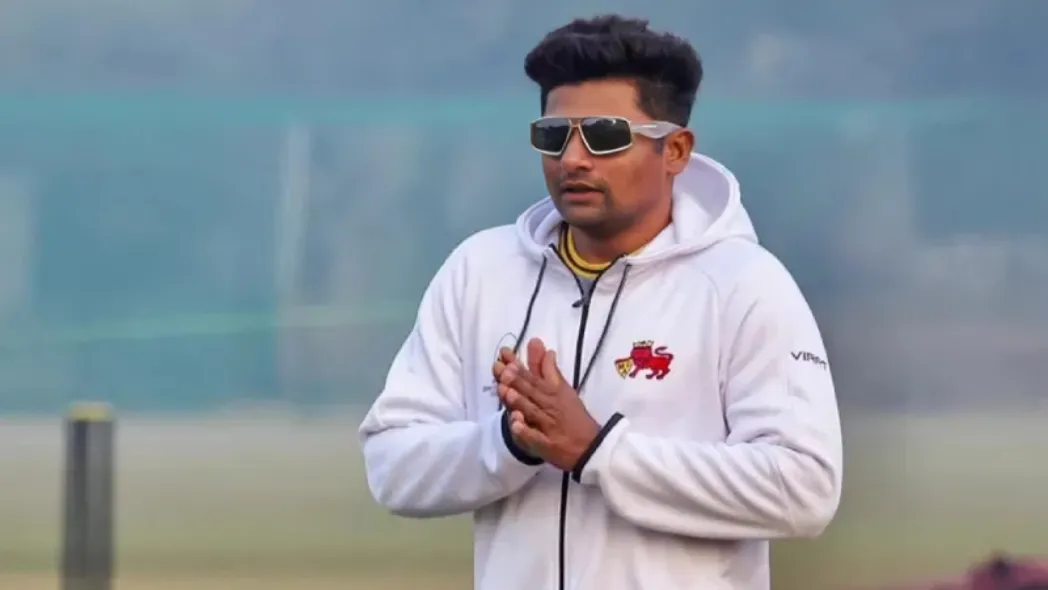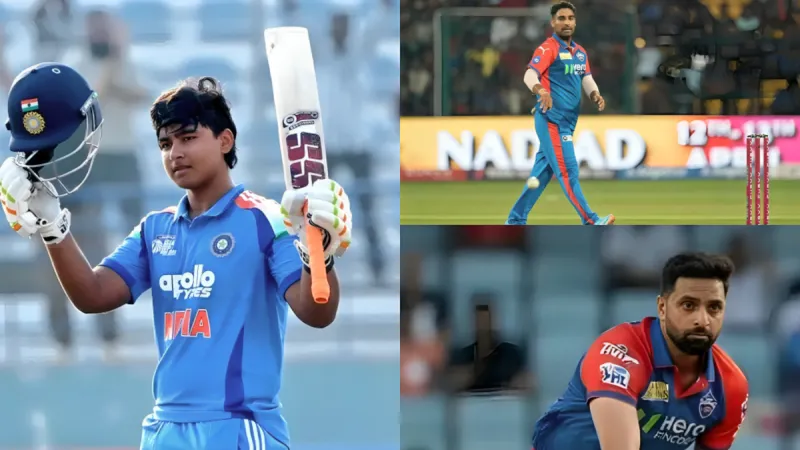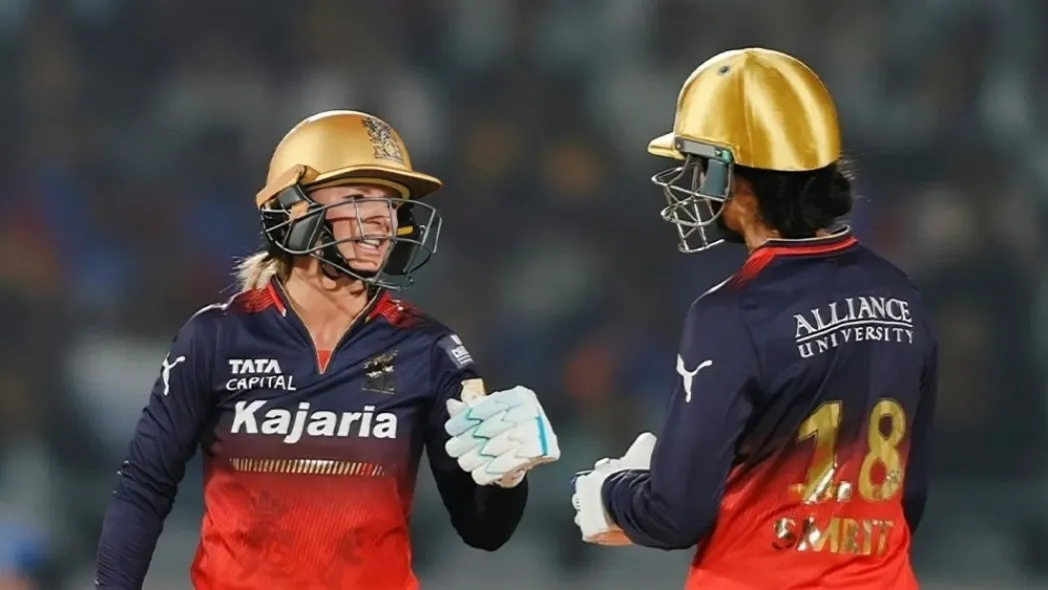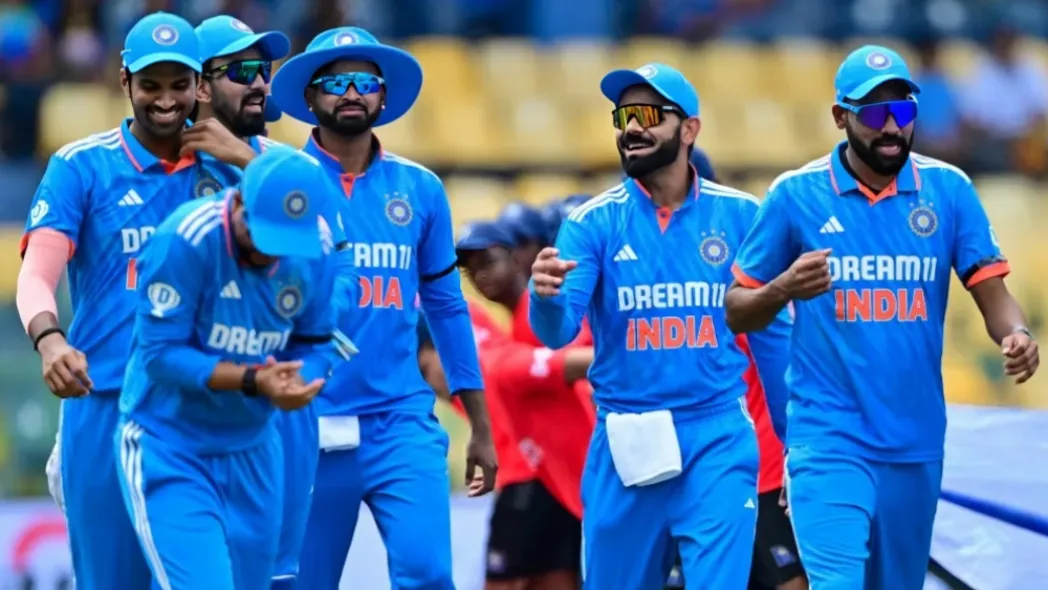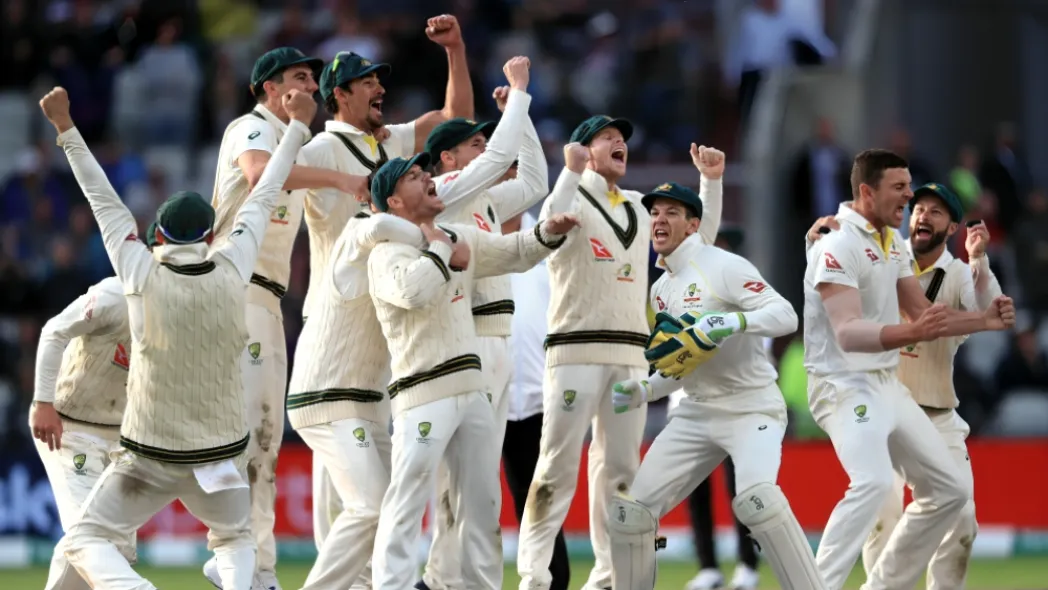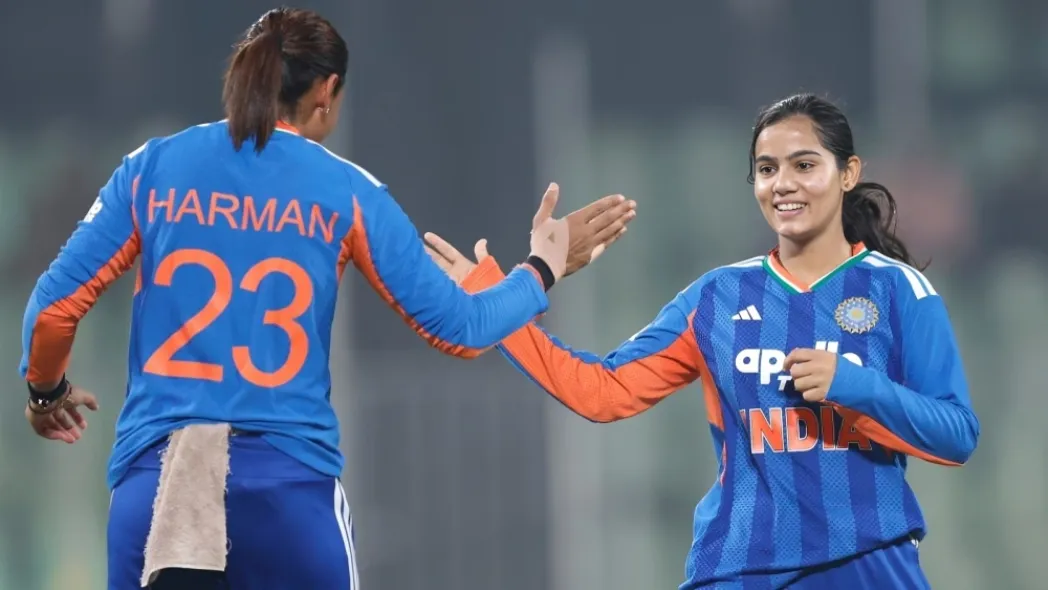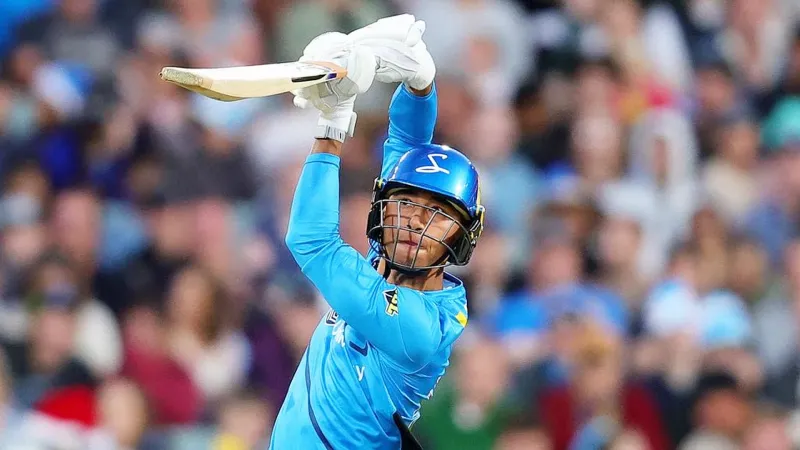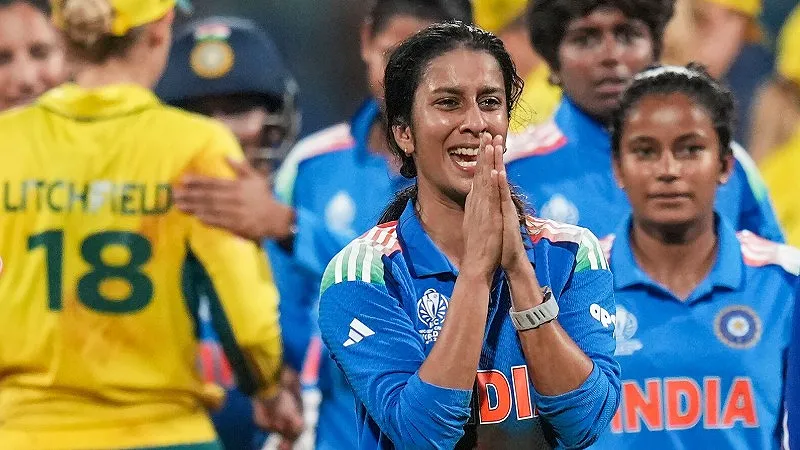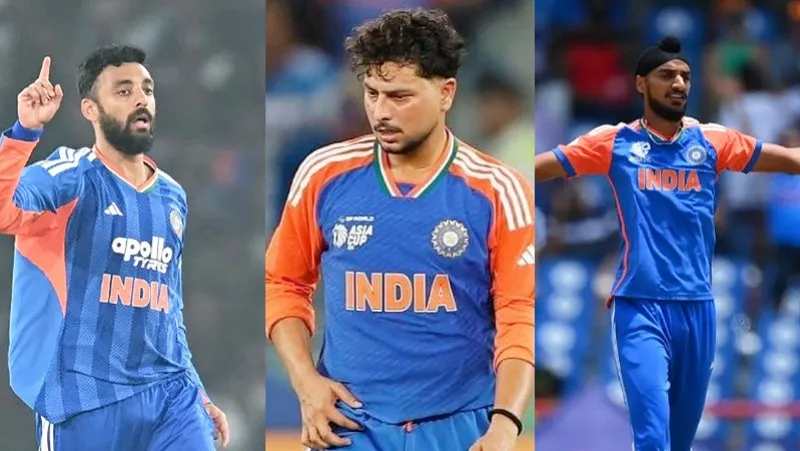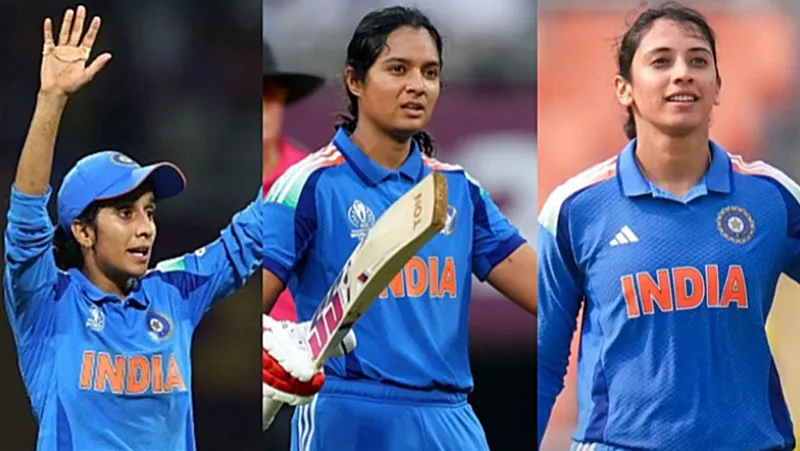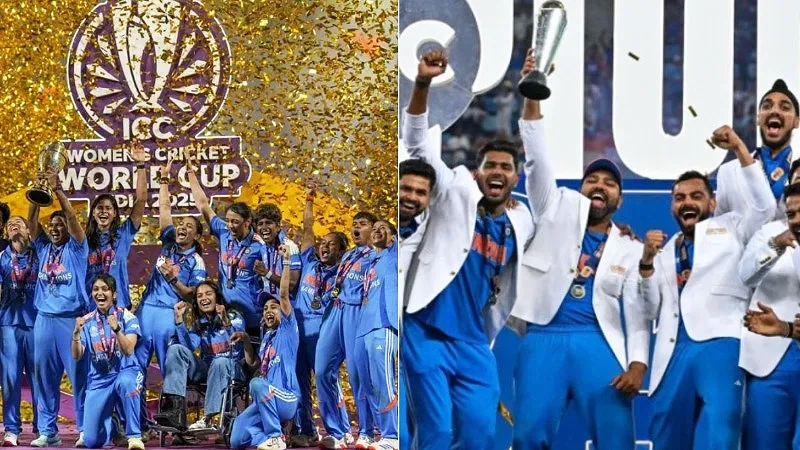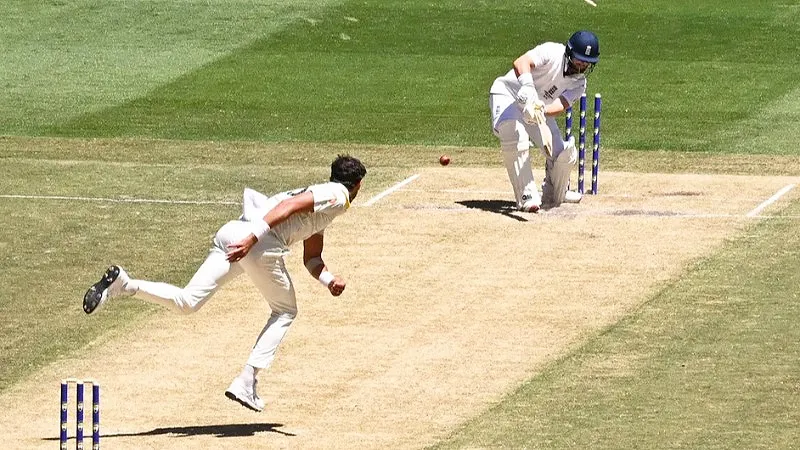Wow, that escalated quickly. Just a few moments after Bangladesh suffered a painful innings defeat to Sri Lanka, Najmul Hossain Shanto dropped a bombshell—he’s resigning from his role as Test captain. No leaks, no teasers, just a very heavy press conference. A post-match captain’s review was anticipated, and then the captain revealed he is stepping down, but this was not out of frustration but out of clarity. So what prompted Shanto’s decision, and what does this mean for cricket in Bangladesh going forward? Let’s piece this together.
When Too Many Captains Spoil the Setup
Here’s the first thing you need to understand: Shanto didn’t just wake up grumpy in Colombo and decide to quit. This was calculated. Bangladesh has had a separate captain for each format for some time: Shanto in Tests (and formerly across all formats), Mehidy in ODIs, and Litton in T20s. That’s a lot of different leadership styles, egos, and possibly conflicting philosophies in one dressing room. Shanto’s departure was in order to, in his own words, “reduce the number of captains,” and give the chance for team to find clarity and coherence in their leadership.
It makes sense. Test cricket, when played correctly, breaks down the game and embodies depth. Shanto knew that by rotating captains and playing a game of “telephone” within the team, it could be detrimental to the team dynamic. And rather than hold on to the power, he gave it away. Self-awareness is not found much in modern international cricket, which is very refreshing.
The Snub That Wasn’t?
The timing of the announcement certainly raised eyebrows across Dhaka. Just weeks earlier, Shanto was relieved from the ODI captaincy and replaced by Mehidy Hasan Miraz. While Shanto claims that this decision has nothing to do with a reaction to the decision, it is difficult not to connect those dots. Still, he was clear in his messaging—this is not personal, it is what is best for the team.
To be fair, the ODI switch does seem to have been poorly handled. Imagine going to a press conference and talking about long-term plans for ODI leadership, and then learning that the board had other plans and discussions already resorted to the change. Oof. But even in the midst of what felt like a cold shoulder, Shanto opted for dignity instead of drama. To be clear, that is leadership, even if he is not the official leader anymore.
From Stopgap to Standard-Bearer
Shanto’s Test captaincy wasn’t designed as a long-term fix, but rather as a stopgap after Shakib’s injury in late 2023. The results were mixed, of course, but highlighted glimpses of potential. A landmark victory against Pakistan. A historic ton-double in Sri Lanka. Four wins from 14 is hardly anything to shout about, but in context, Bangladesh were rebuilding, and Shanto’s form (36.24 average as captain compared to 29.83 before) suggested he was growing into the role.
This may turn out to be his greatest legacy as captain, not trophies, but transformation. Shanto’s maturity and honesty, and selfishness for the group rather than the individual, is something Bangladesh cricket can build on.
Najmul Hossain Shanto didn’t so much walk away from captaincy as re-evaluate it. Most individuals in power right now want to hold onto power. Shanto opted for clarity instead of confusion. The board has a few months to pick a captain before the next Test series against Ireland—maybe Mehidy, maybe Litton—but whoever it is will have a lot to live up to—not records, but expectations and manner.
For more, visit JeetBuzz News to read our quality Cricket Blog updates. Explore if you want to reminisce and enjoy all of your favourite cricket players and nostalgic match moments. To ensure that you never miss out, keep updated and join in the fun!

